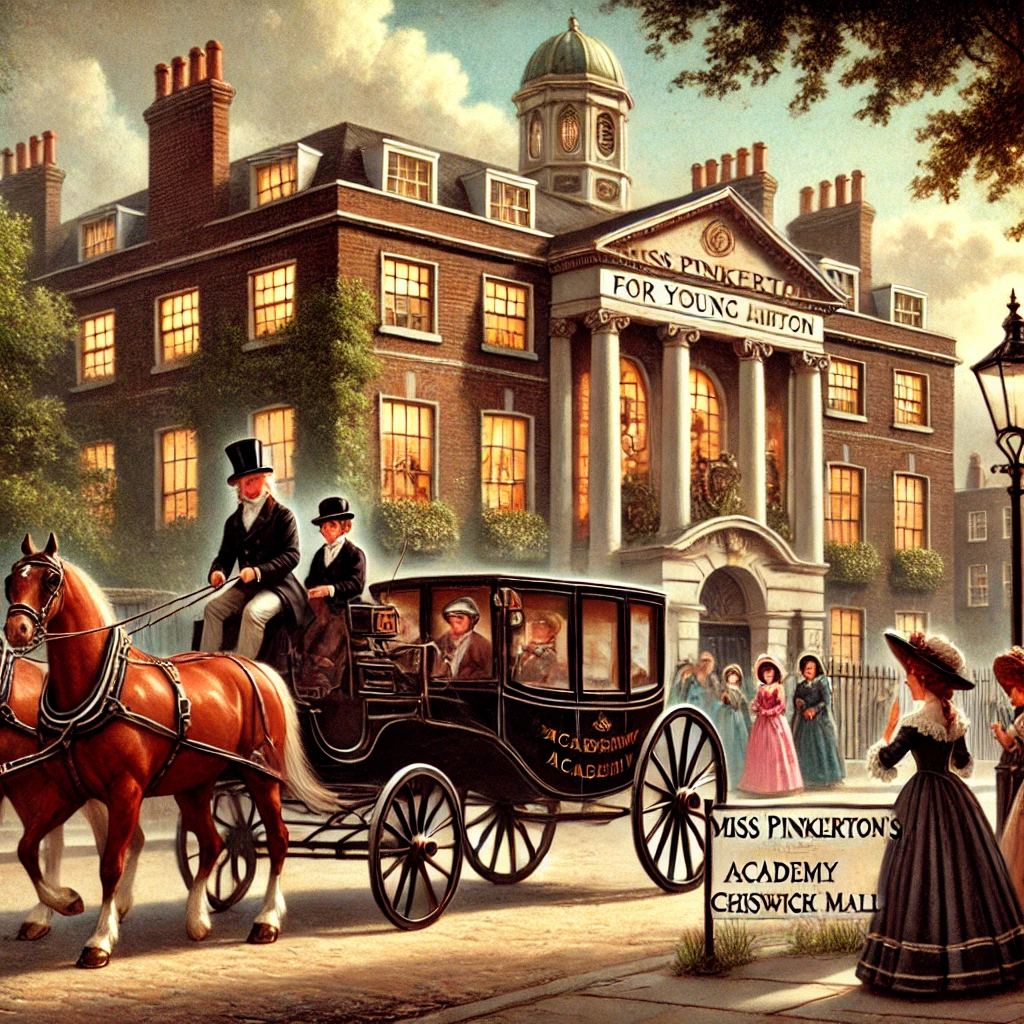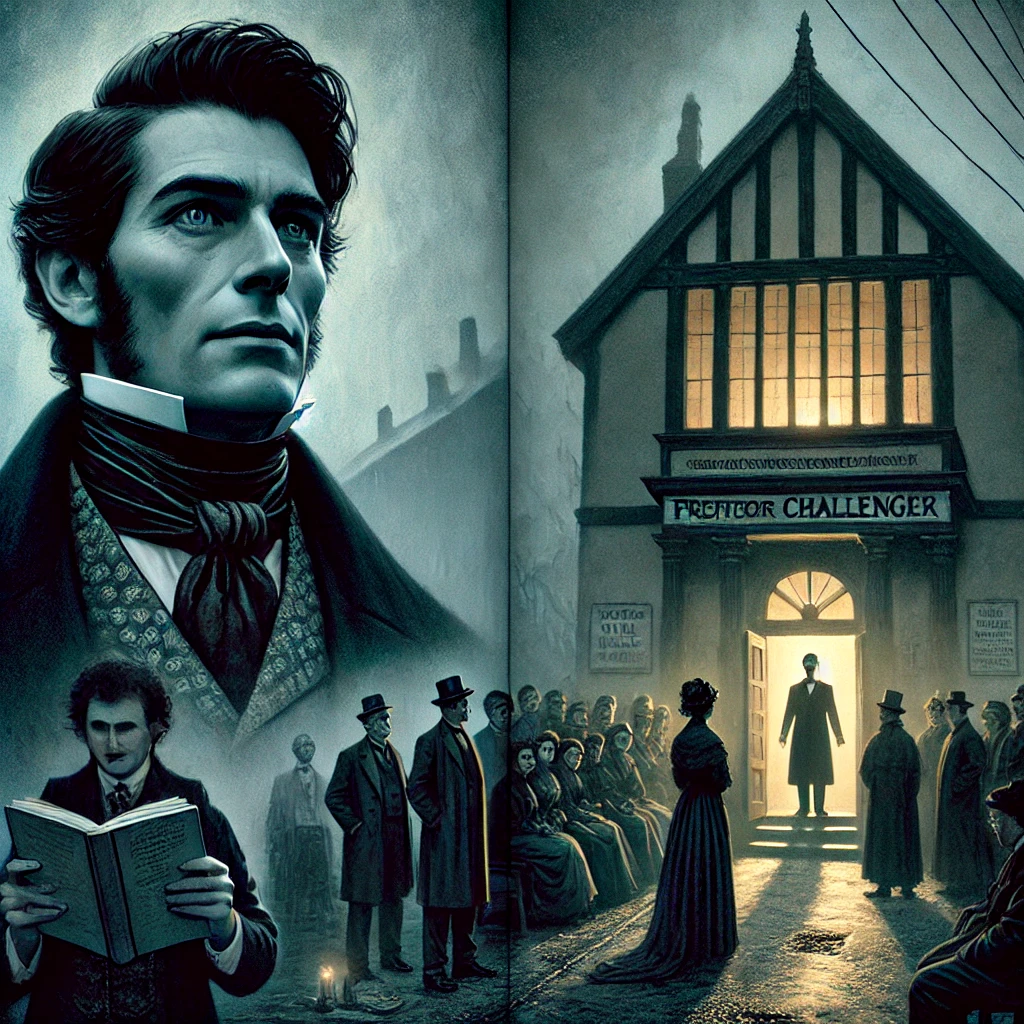“2 B R 0 2 B” is a satirical short story by Kurt Vonnegut, first published in 1962. Set in a dystopian future where the United States enforces strict population control, the story explores the dark consequences of a world where death becomes a bureaucratic necessity for new life. The title itself is a play on Shakespeare’s famous line, “To be or not to be,” reflecting the core tension between life and death in the narrative.
Plot Summary
Everything seemed perfectly fine in the world. Poverty, war, and disease no longer plagued society, and the horrors of old age had been conquered. The United States, with its stable population of forty million, existed in an era where death had been transformed into a voluntary service, only experienced by those who chose it. The only price for this harmonious order was that for every new life to be brought into the world, someone else had to willingly leave it. Death had become an institutionalized process, governed by the Federal Bureau of Termination.
One bright morning in Chicago, Edward K. Wehling, Jr. sat anxiously in the waiting room of the Lying-In Hospital. His wife was about to give birth to triplets, a rare occurrence in an era where not many children were born. The law dictated that for his three children to live, Wehling needed three volunteers to die. Yet, he had only secured one volunteer—his grandfather. Desperate and overwhelmed, Wehling sat hunched in his chair, invisible to those around him, the weight of his impossible decision pressing down on him.
Nearby, an elderly painter, nearly two hundred years old, worked on a mural for the hospital. The mural depicted a garden, meticulously tended by doctors and nurses in white and maintenance workers in purple. Each plant in this garden was given perfect care, a visual metaphor for the society’s control over life and death. The muralist, however, hated his task. His disdain for the artificial beauty of the scene he was creating mirrored his disillusionment with the society around him. Life, in his view, had become an overly structured, mechanical affair.
As the painter worked, an orderly passed by, humming a popular tune that glorified the act of voluntarily leaving the planet to make room for others. The orderly remarked on the painter’s work, and their conversation soon turned to the societal system that governed life and death. The orderly, like many others, saw the system as a necessary and benevolent force, but the painter was bitter. He sarcastically suggested that the mural was a lie, and that life was much messier than the carefully manicured image he was being forced to create. The painter’s dissatisfaction reflected a deeper truth—beneath the utopia’s surface was a world built on sacrifice and a ruthless arithmetic of life and death.
Shortly after, Leora Duncan, a gas-chamber hostess, entered the room. Dressed in the deep purple uniform of the Federal Bureau of Termination, she was responsible for comforting people as they entered the chambers to die. Leora, despite her role, approached her work with a sense of honor and pride. She was there to pose for the mural, a symbol of her contribution to the system. The painter, with a mixture of sarcasm and resignation, guided her to choose a figure in the mural to represent her, mocking the arbitrary nature of their existence.
As Leora posed, Dr. Benjamin Hitz, the Chief Obstetrician of the hospital, entered the room, beaming with pride. Tall, handsome, and commanding, Hitz embodied the spirit of the new world order. His presence was as grand as his role in the creation of the first gas chambers that allowed the population to remain stable. Upon seeing Leora, he praised her, expressing how vital her work was to the perfect world they had achieved. Their conversation quickly turned to the triplets being born, and the legal implications that accompanied such a birth.
Hitz casually asked if Wehling had found three volunteers to sacrifice their lives for his children. Leora confirmed that no such arrangements had been made, at least not through her office. It was clear to all that Wehling’s triplets could not all survive unless two more people stepped forward to die. In a cruel twist of irony, Wehling, sitting quietly in the corner, suddenly spoke up, his voice hollow and filled with despair. He identified himself as the father of the triplets.
Dr. Hitz, oblivious to the depth of Wehling’s suffering, informed him that the babies had been born healthy, as had his wife. Wehling’s face, however, showed no joy. He struggled under the weight of his moral dilemma: choosing which of his children would live while delivering his own grandfather to death. Hitz, in his bureaucratic tone, continued to lecture Wehling, explaining how vital population control was. He described the horrors of the past when the Earth’s population spiraled out of control, and he emphasized the benefits of their current system.
Wehling remained silent for a while, his eyes fixed on a spot on the wall. Finally, he quietly confessed his desire to keep all three of his children alive, but the system’s demands would not allow such a wish. His voice grew tense as he declared that he didn’t want his grandfather to die either. The weight of loss and the brutal finality of the decision he had to make became unbearable. Hitz responded with sympathy, acknowledging that no one found pleasure in bringing a loved one to the gas chambers. Leora added that she wished people wouldn’t use derogatory terms like “Catbox” to describe the Ethical Suicide Studios, as it gave the wrong impression about the service they provided.
Dr. Hitz, undeterred, turned the conversation back to the future. He painted a glowing picture of the world Wehling’s child would inherit—a clean, peaceful, and prosperous planet. It was the grand vision that Hitz and those in power believed in so deeply. But for Wehling, that vision was shattered. In a moment of desperation, he pulled out a revolver. Without warning, he shot Dr. Hitz in the head, declaring that he had just made room for one. Leora Duncan was next, and Wehling shot her as she fell, telling her there was now room for two. Finally, he turned the gun on himself, creating space for all three of his children to live.
The room fell silent. No one had heard the shots, and no one rushed in to stop the tragedy. The painter, perched on his ladder, looked down at the scene, his brush still in hand. The grotesque puzzle of life, with all its contradictions, pressed down on him. He considered the futile cycle of existence—life demanding to be born, only to meet death on a planet with finite resources. He let his brush fall to the ground. The painter, too, was ready to give up.
He climbed down from his ladder, took Wehling’s pistol, and contemplated ending his own life. But in the end, he lacked the courage. Instead, he walked over to the telephone booth in the corner, dialed the number for the Federal Bureau of Termination, and made an appointment for his own death. The warm voice on the other end thanked him for his service, and as the call ended, the painter stood still, pondering the emptiness of it all.
Main Characters
- Edward K. Wehling, Jr.: A distraught father-to-be who faces an impossible decision—choosing which of his newborn triplets can survive. His emotional turmoil reflects the dehumanizing effects of strict population control.
- The Painter: An old man, nearly two hundred years old, who cynically works on a mural in the hospital. He represents disillusionment with society’s obsession with control and perfection.
- Dr. Benjamin Hitz: The Chief Obstetrician at the hospital, a powerful figure and a symbol of the state’s firm hand on population control. Despite his role, he is somewhat sympathetic and praises the system as necessary.
- Leora Duncan: A gas-chamber hostess who helps people die voluntarily. Her profession and admiration for the population control system highlight how normalized death has become in this society.
Theme
- Population Control and Bureaucracy: The central theme is a world where population control is so extreme that people must voluntarily die to make room for new life. This represents the dangers of unchecked bureaucracy and the commodification of human life.
- Dehumanization: The story portrays how a society obsessed with balance and perfection devalues individual lives, reducing birth and death to transactions. People become mere numbers in a system, and death is just a necessary function.
- The Illusion of Utopia: Though society appears orderly and peaceful, with no war, poverty, or disease, this superficial utopia hides the grim reality of a system that controls life and death in an arbitrary and cruel manner.
- Satire on Immortality and Technology: Vonnegut’s story critiques mankind’s eternal desire for longevity and perfection through technological advancements, showing the dystopian potential of such ideals when taken to extremes.
Writing Style and Tone
Kurt Vonnegut’s writing in “2 B R 0 2 B” is sharp and satirical, marked by his typical dry humor and concise prose. The dialogue-driven narrative allows for a quick-paced, engaging read, where much of the tension is revealed through the interactions between characters. His use of irony—where a utopian society’s perfection leads to institutionalized death—is key to the story’s biting critique.
The tone is darkly comedic, yet melancholic. Vonnegut balances absurdity with grim realism, using exaggerated situations to make serious points about population control, technology, and the value of human life. The humor never fully masks the underlying horror of a society where life and death are systematized, making the story both thought-provoking and unsettling.
We hope this summary has sparked your interest and would appreciate you following Celsius 233 on social media:
There’s a treasure trove of other fascinating book summaries waiting for you. Check out our collection of stories that inspire, thrill, and provoke thought, just like this one by checking out the Book Shelf or the Library
Remember, while our summaries capture the essence, they can never replace the full experience of reading the book. If this summary intrigued you, consider diving into the complete story – buy the book and immerse yourself in the author’s original work.
If you want to request a book summary, click here.
When Saurabh is not working/watching football/reading books/traveling, you can reach him via Twitter/X, LinkedIn, or Threads
Restart reading!








